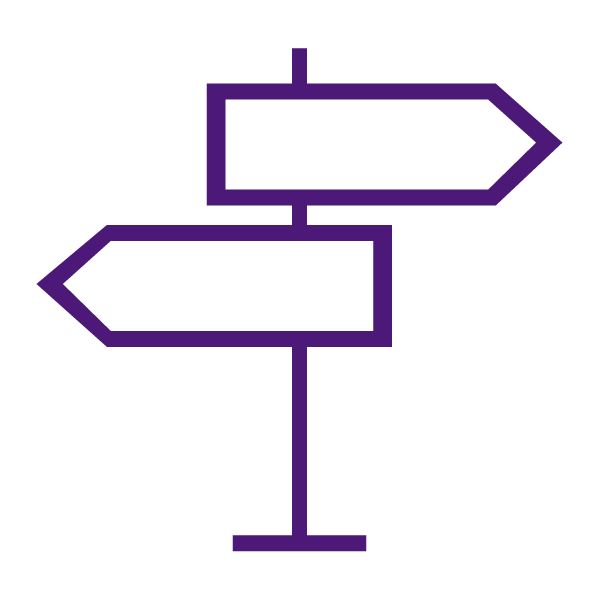About the Checklist Tool
The Checklist tool allows instructors to help students engage with content. Providing a simple Checklist will give students a simple list of important (or required) assignments or items they need to accomplish during a module or unit in a course. Each checklist contains one or more categories, into which checklist items are organized. For example, you might have an “Assignments” checklist with categories for written assignments and quizzes, both of which could have multiple items that must be completed.
Students can be enticed to use the Checklist tool to track their work by the instructor hiding content in them with Release Conditions. A checklist can list all the items students need to complete, displaying all at once, or new checklist items may appear once students complete other items. Instructors can set up release condition restrictions based upon completion of an entire checklist or if a particular item on a checklist is completed. Once a specific Checklist item is marked as completed, it will release content to the student, such as a Quiz, Assignment, or content topics.
How do checklists organize information?
Checklists contain categories, which are used to organize checklist items. For example, you might create the categories Week 1, Week 2, and Week 3, and place week-specific checklist items into the appropriate categories. Alternately, you might use a checklist to organize steps of an assignment. You can assign due dates for checklist items.
Suggested Uses of Checklists
- Create a checklist for each week or module including items students should complete (readings, watching videos, participate in discussions, assignments, quizzes, etc.) so they have a roadmap for the week or module.
- Create a checklist for tasks that need to be completed in order, such as a lab experiment.
- Create a checklist for a project or assignment. For example, if your students have a research paper or presentation, it might be split all of the major requirements into separate tasks such as topic submission/approval, outline, first draft, meet with the Writing Center, meet with Librarian, and Final Paper.
- Create a checklist for the syllabus to ensure the students review specific pieces of the syllabus. A release condition can be set where they are unable to move forward in the course until they complete the checklist.
Benefits for Students of a Checklist:
- Focuses their minds on important objectives
- They are less likely to forget to do tasks
- It shows the bigger picture of things that must be done across the course
- Students feel more in control by letting them decide on priorities: the most important and the most urgent
- Students are less likely to become sidetracked by non-urgent/non-important tasks
- Have a record of what they’ve completed and what they have left to do
Adapted from the D2L Brightspace Community “Using the Checklist Tool to Help Learners Manage their Time Effectively“.
